Home>Furniture & Design>Interior Design Trends>How Long Does It Take For Glass To Break Down
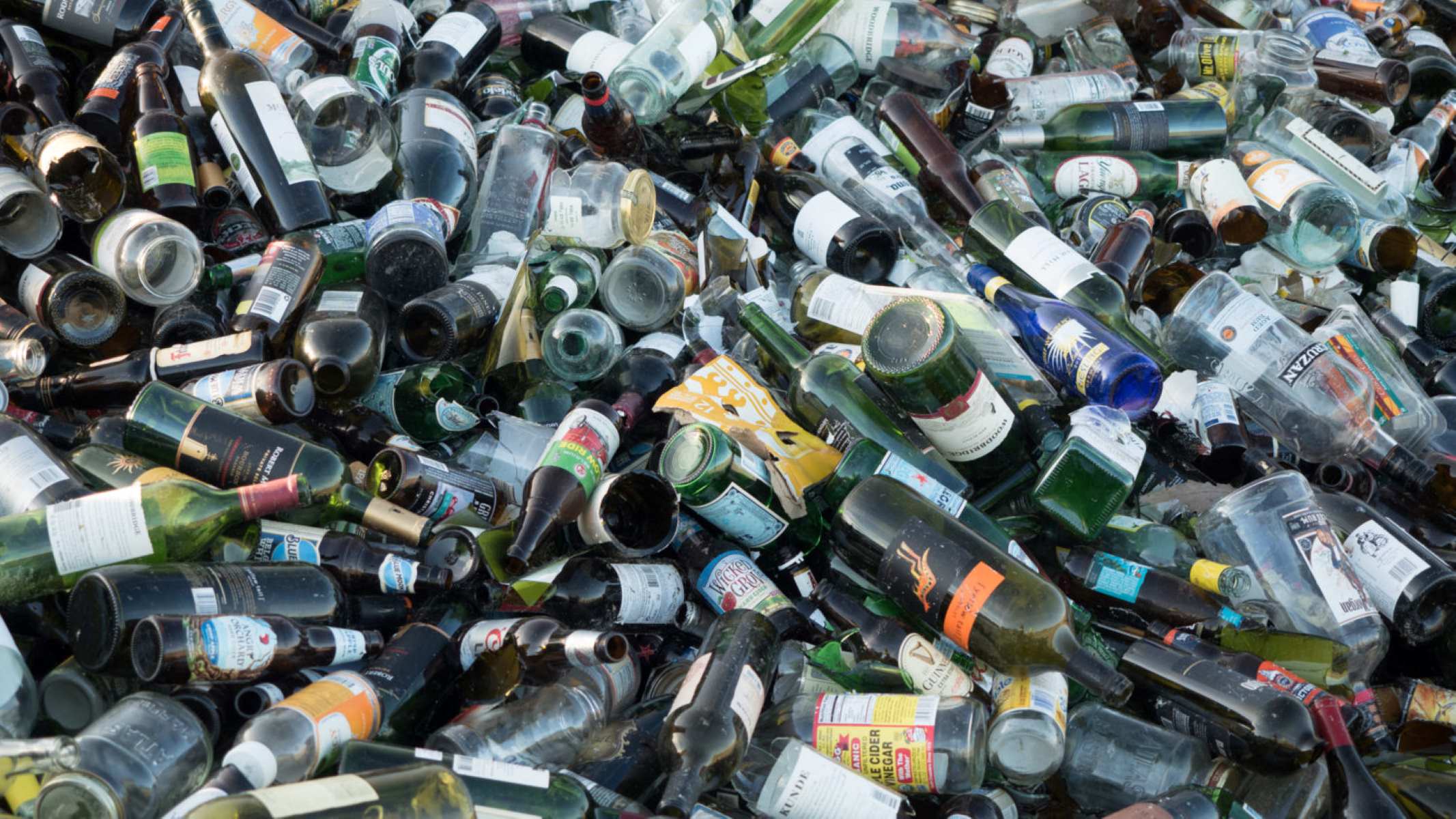

Interior Design Trends
How Long Does It Take For Glass To Break Down
Modified: October 20, 2024
Discover the latest interior design trends and learn how long it takes for glass to break down. Explore sustainable options for your home.
(Many of the links in this article redirect to a specific reviewed product. Your purchase of these products through affiliate links helps to generate commission for Storables.com, at no extra cost. Learn more)
Introduction
Glass is a ubiquitous material that has been an integral part of human civilization for centuries. Its versatility, transparency, and durability have made it a staple in various industries, from construction and packaging to art and design. However, despite its many practical uses, the environmental impact of glass disposal has raised concerns about its long-term effects on the planet.
In this comprehensive guide, we will delve into the intricate process of glass breakdown and explore the factors that influence its degradation. From the composition of glass to its interaction with different environments, we will uncover the answers to the pressing question: How long does it take for glass to break down?
Join us on this enlightening journey as we unravel the mysteries surrounding the lifespan of glass and gain a deeper understanding of its environmental implications. Let's embark on this exploration to discover the hidden truths behind the enduring nature of glass and its impact on our planet.
Key Takeaways:
- Glass breakdown is influenced by its composition, environment, and time. Understanding these factors is crucial for sustainable waste management and recycling initiatives to minimize the environmental impact of glass disposal.
- Glass has a prolonged lifespan in landfills and natural environments due to its durability. Responsible waste disposal and recycling are essential to mitigate the long-term impact of glass waste on the environment.
What is Glass Made of?
Glass, a material with a rich history dating back to ancient civilizations, is primarily composed of silica, an abundant compound found in nature. The fundamental ingredients of glass include sand, soda ash, and limestone, which undergo a meticulous fusion process to create this versatile substance.
The primary component, silica, is derived from sand and serves as the foundation of glass production. When heated at high temperatures, silica transforms into a molten state, providing the essential viscosity required for shaping and molding glass into various forms.
Soda ash, also known as sodium carbonate, acts as a fluxing agent, lowering the melting point of silica to facilitate the glassmaking process. This crucial additive enhances the workability of the molten glass, allowing artisans and manufacturers to craft intricate designs and structures.
Limestone, the third key ingredient, contributes to the stability and durability of glass. By introducing calcium oxide into the mix, limestone aids in controlling the thermal expansion of glass, preventing it from shattering under fluctuating temperatures.
In addition to these primary components, modern glass formulations may incorporate additional elements to achieve specific properties. For instance, boron oxide can be added to create borosilicate glass, renowned for its exceptional thermal resistance and durability. Similarly, metal oxides are often used to impart vibrant colors to glass, adding aesthetic appeal to architectural features and decorative objects.
The meticulous combination of these raw materials, coupled with precise manufacturing techniques, results in the diverse array of glass products that enrich our daily lives. From the gleaming skyscrapers that define urban skylines to the delicate ornaments adorning our homes, glass continues to captivate and inspire with its remarkable blend of artistry and functionality.
Factors Affecting Glass Breakdown
The breakdown of glass is influenced by a myriad of factors, encompassing environmental conditions, chemical composition, and the physical form of the glass itself. Understanding these determinants is crucial in comprehending the intricate process of glass degradation and its long-term impact on the environment.
1. Chemical Composition:
The chemical composition of glass plays a pivotal role in its breakdown. While glass is renowned for its inert nature, certain types of glass, such as soda-lime glass, are susceptible to chemical reactions with moisture and acidic substances. This can lead to surface corrosion and the gradual weakening of the glass structure over time.
2. Environmental Conditions:
The environment in which glass is situated significantly influences its breakdown rate. Exposure to harsh weather conditions, such as extreme temperatures, high humidity, and prolonged sunlight, can expedite the degradation of glass. Additionally, the presence of pollutants and contaminants in the surrounding air can accelerate the deterioration of glass surfaces, compromising their integrity.
Read more: Why Does Glass Break With Sound
3. Physical Form:
The physical form of glass, including its thickness, shape, and surface area, impacts its susceptibility to breakdown. Thin glass, such as that found in single-use packaging, is more prone to fracturing and disintegration compared to thicker, reinforced glass used in construction. Furthermore, the presence of micro-fractures and imperfections in the glass can serve as initiation points for the propagation of cracks and eventual breakdown.
4. Interaction with Other Materials:
The interaction of glass with other materials can influence its breakdown. For instance, when glass is buried in landfills, it may come into contact with abrasive substances, leading to abrasion and fragmentation. Similarly, when glass is incorporated into composite materials, such as fiberglass, its breakdown may be influenced by the properties of the surrounding matrix.
5. Time:
The passage of time is a fundamental factor in the breakdown of glass. While glass is renowned for its durability, prolonged exposure to the aforementioned factors gradually weakens its molecular structure, leading to visible signs of wear and degradation.
By considering these multifaceted factors, we gain a comprehensive understanding of the intricate process of glass breakdown. This knowledge is invaluable in formulating sustainable waste management strategies and developing innovative approaches to mitigate the environmental impact of glass disposal.
How Long Does It Take for Glass to Break Down in Landfills?
Glass, known for its resilience and durability, presents a unique challenge when it comes to breakdown in landfills. Unlike organic materials that decompose over time, glass undergoes a significantly prolonged degradation process in landfill environments. The inherent stability of glass, coupled with the limited mechanisms for its breakdown in landfills, contributes to its extended lifespan within these waste disposal sites.
In the controlled conditions of a landfill, the breakdown of glass is primarily attributed to physical weathering and mechanical forces. Over time, the weight of deposited waste compacts the underlying layers, subjecting the glass to increasing pressure. This compaction, combined with the abrasive nature of other materials in the landfill, gradually leads to the fragmentation of glass into smaller pieces. However, this process is notably slow, and the resulting glass fragments retain their structural integrity for extended periods.
Furthermore, the anaerobic environment within landfills, characterized by limited oxygen availability, impedes the chemical degradation of glass. Unlike organic matter, which undergoes decomposition through microbial activity in anaerobic conditions, glass remains inert and resistant to biological breakdown. As a result, the lifespan of glass in landfills is significantly prolonged, with minimal observable changes over the course of decades.
The exceptional durability of glass, a defining feature that contributes to its longevity in practical applications, presents a contrasting challenge in waste management. While glass is recyclable and can be reprocessed into new products, its extended persistence in landfills underscores the importance of sustainable disposal practices and the promotion of recycling initiatives.
In light of these considerations, the question of how long it takes for glass to break down in landfills leads us to recognize the enduring nature of this material in waste management contexts. As we strive to address the environmental impact of waste disposal, the responsible management of glass waste through recycling and innovative reuse strategies becomes increasingly imperative.
Read more: What Temperature Does Glass Break
How Long Does It Take for Glass to Break Down in the Environment?
The breakdown of glass in natural environments is a complex process influenced by a myriad of factors, including weathering, erosion, and chemical interactions. When exposed to the elements, such as wind, water, and sunlight, glass undergoes gradual transformation over an extended period. However, the inherent durability and inert nature of glass render its breakdown in the environment a protracted and intricate phenomenon.
In terrestrial environments, the weathering of glass is primarily driven by mechanical forces and abrasion. Over time, the relentless action of wind-blown particles and the impact of waterborne sediments contribute to the gradual erosion of glass surfaces. This process, known as physical weathering, results in the smoothing and rounding of glass fragments, albeit at a notably slow pace due to the material's resistance to abrasion.
In aquatic environments, such as rivers, lakes, and oceans, the breakdown of glass is influenced by hydrodynamic forces and the abrasive action of sediment-laden waters. The continuous agitation and transport of glass particles by water currents contribute to their gradual attrition, leading to the production of smaller, smoother fragments over time. However, the exceptional durability of glass enables it to persist in aquatic settings for extended durations, with minimal observable changes in its structural integrity.
Furthermore, the chemical interactions between glass and environmental constituents play a role in its breakdown. While glass is chemically inert under most conditions, certain types of glass, such as soda-lime glass, may undergo surface corrosion when exposed to acidic or alkaline environments. This process, known as chemical weathering, results in the gradual dissolution and alteration of glass surfaces, albeit at a significantly slower rate compared to natural minerals and organic materials.
The timescale for the complete breakdown of glass in natural environments spans centuries, if not millennia, due to its exceptional resistance to degradation. The enduring nature of glass, coupled with its limited susceptibility to environmental influences, underscores the long-term impact of glass waste on ecosystems and landscapes. As we strive to address the environmental implications of glass disposal, the promotion of sustainable waste management practices and the advancement of recycling technologies are pivotal in mitigating the long-term effects of glass in the environment.
Conclusion
In conclusion, the breakdown of glass is a multifaceted process influenced by its chemical composition, environmental conditions, and physical characteristics. While glass is renowned for its durability and inert nature, its prolonged lifespan in landfills and natural environments underscores the enduring impact of glass waste on the environment. The exceptional resilience of glass, coupled with its limited susceptibility to degradation, necessitates a comprehensive approach to sustainable waste management and recycling initiatives.
The protracted breakdown of glass in landfills highlights the importance of responsible waste disposal practices and the promotion of recycling as a viable solution. By diverting glass waste from landfills and integrating it into circular economy models, we can mitigate the long-term environmental impact of glass disposal. Recycling initiatives not only reduce the accumulation of glass waste in landfills but also conserve energy and resources by reprocessing glass into new products, thereby minimizing the need for raw material extraction.
Furthermore, the intricate process of glass breakdown in natural environments emphasizes the need for proactive measures to address the environmental implications of glass waste. As glass persists in terrestrial and aquatic settings for extended periods, the development of innovative recycling technologies and the implementation of sustainable packaging solutions are essential in reducing the ecological footprint of glass products. By embracing eco-friendly alternatives and advocating for the responsible use of glass, we can minimize the long-term impact of glass waste on ecosystems and landscapes.
In essence, the question of how long it takes for glass to break down prompts us to reevaluate our approach to waste management and environmental stewardship. By recognizing the enduring nature of glass and its implications for the planet, we can collectively strive towards a more sustainable and harmonious coexistence with this remarkable material. Through collaborative efforts and a commitment to sustainable practices, we can pave the way for a future where the longevity of glass is balanced by its responsible management and ecological preservation.
Frequently Asked Questions about How Long Does It Take For Glass To Break Down
Was this page helpful?
At Storables.com, we guarantee accurate and reliable information. Our content, validated by Expert Board Contributors, is crafted following stringent Editorial Policies. We're committed to providing you with well-researched, expert-backed insights for all your informational needs.


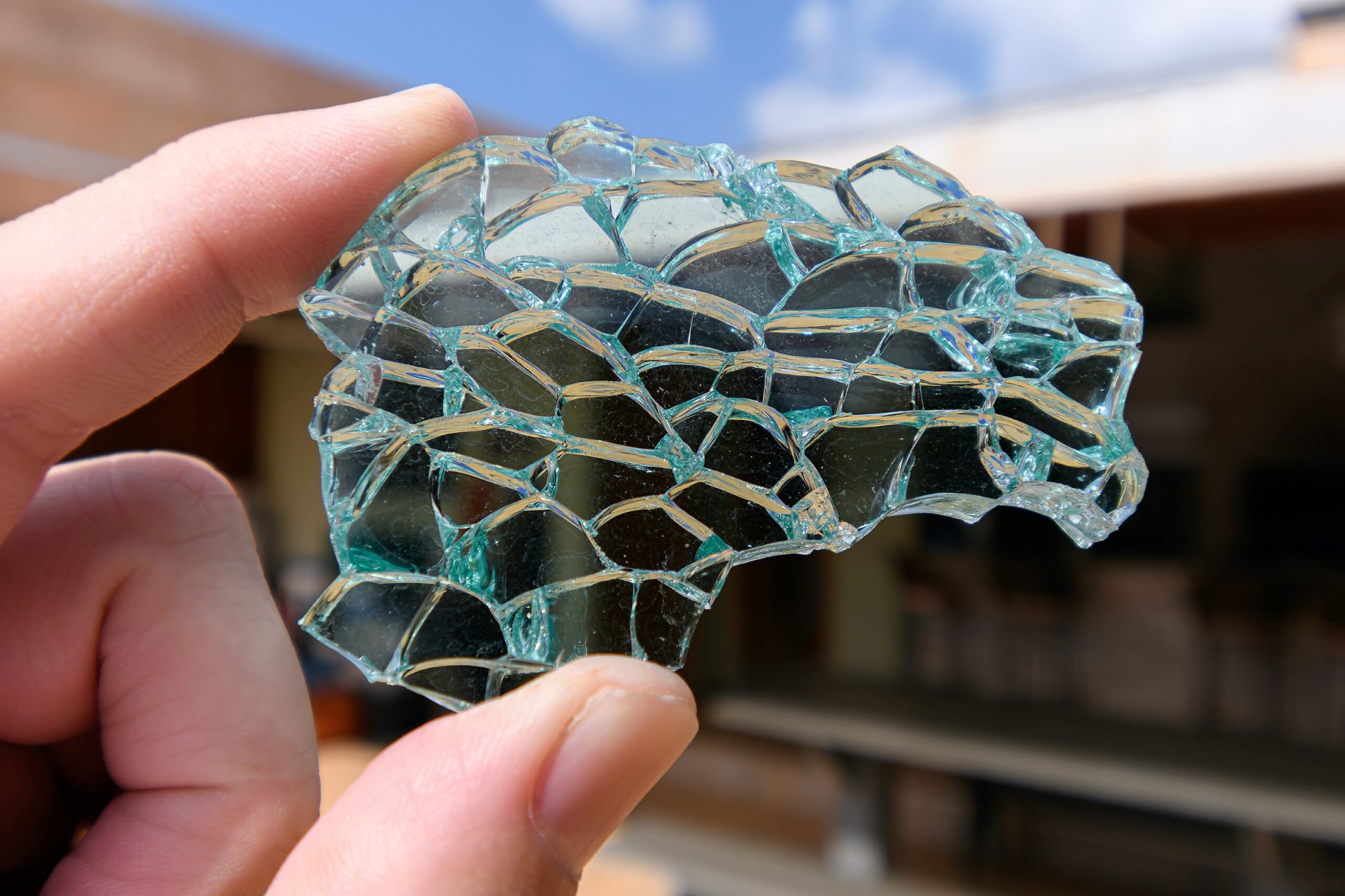
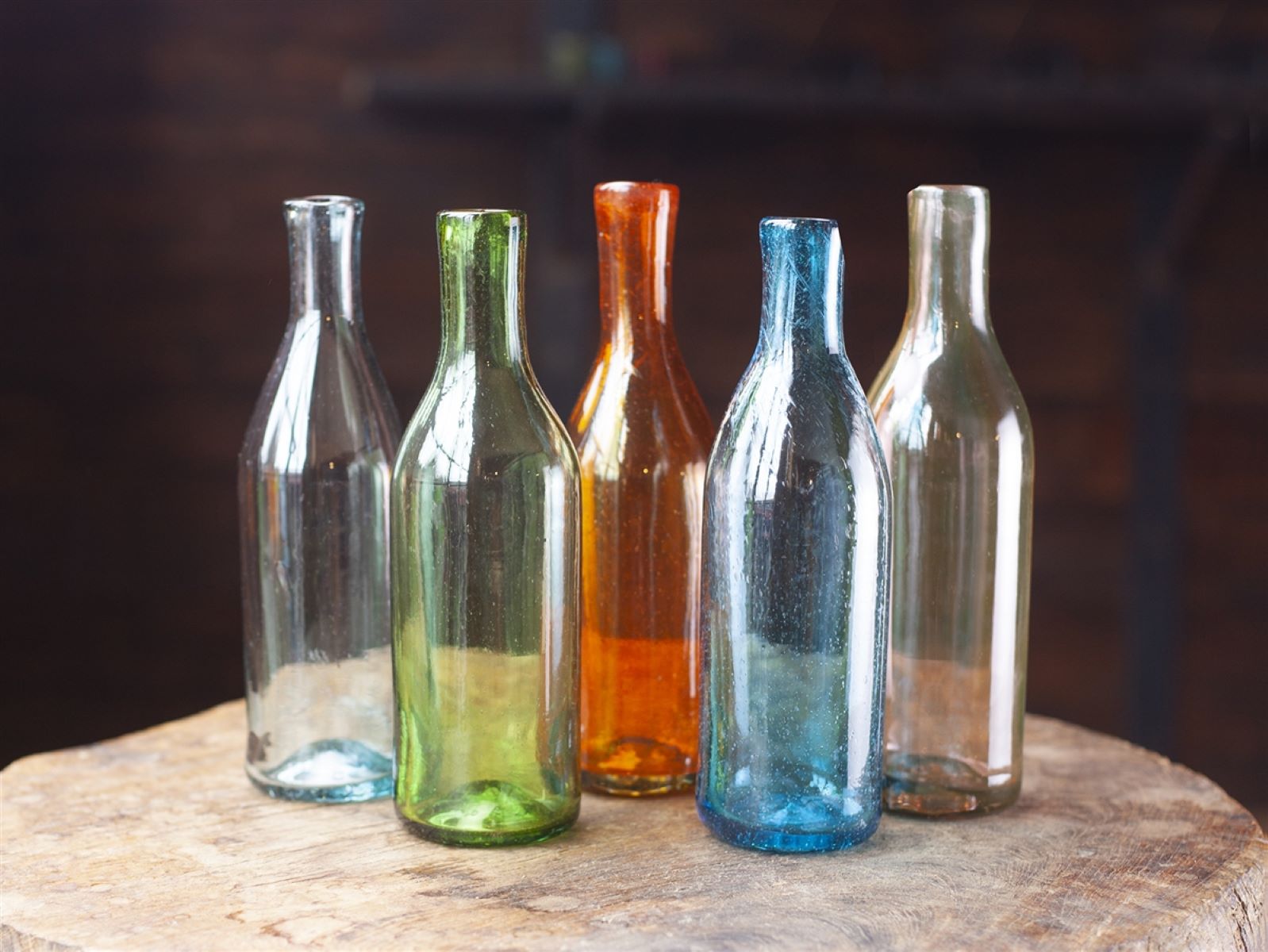

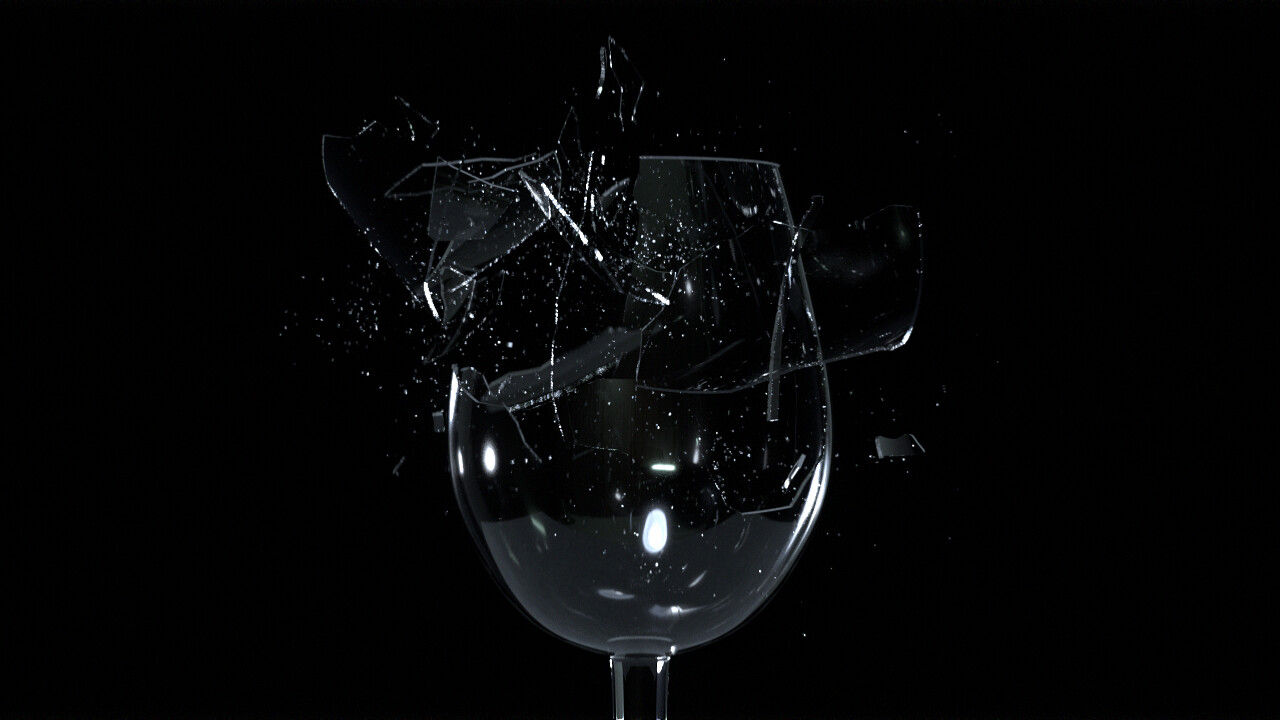
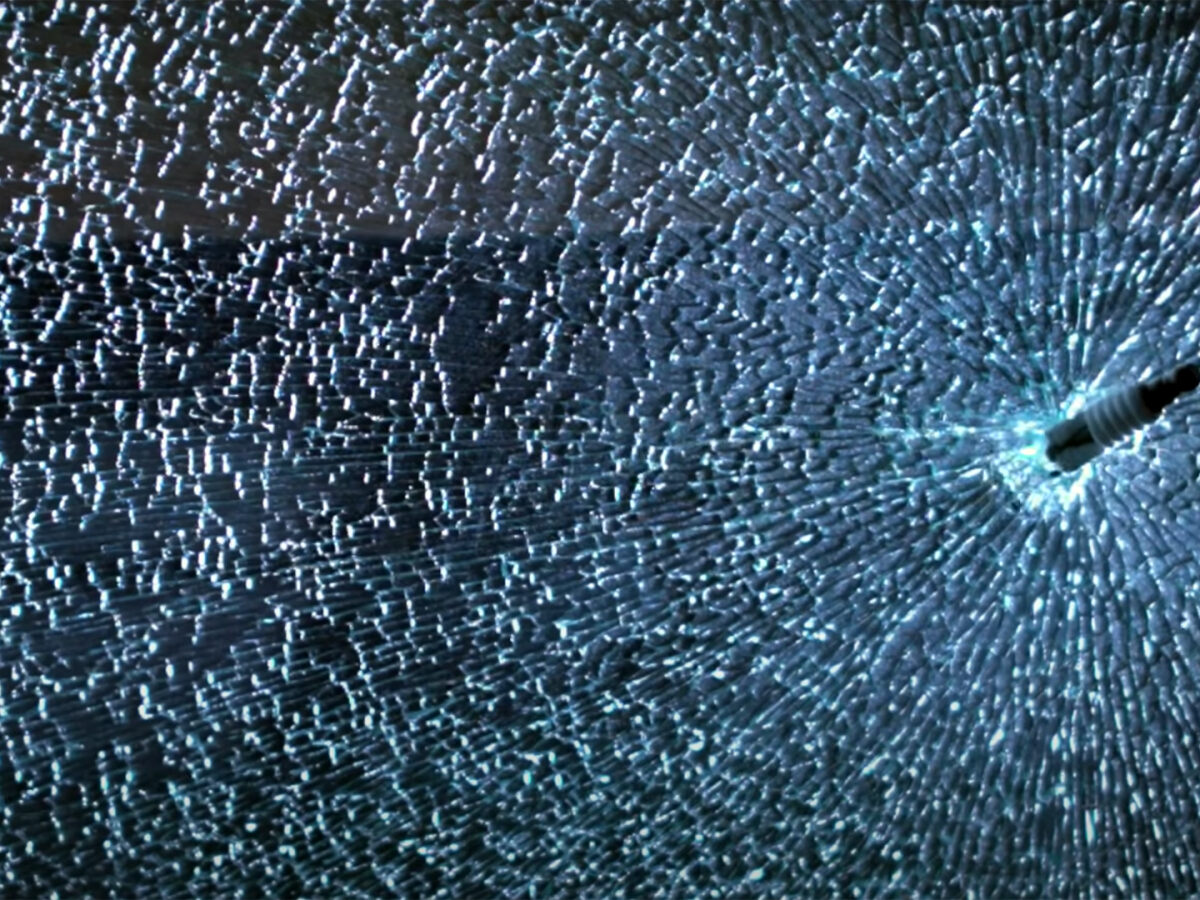

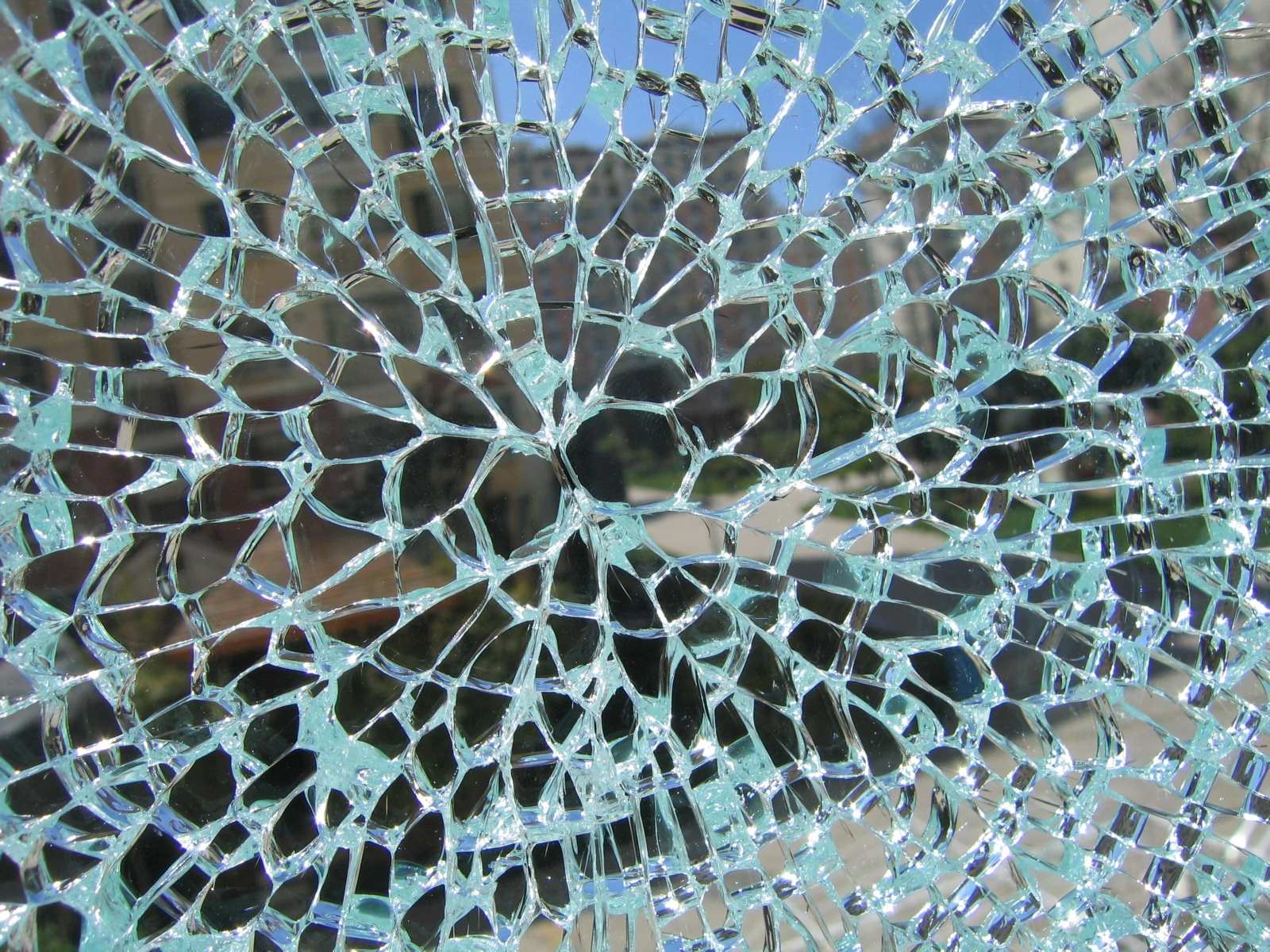
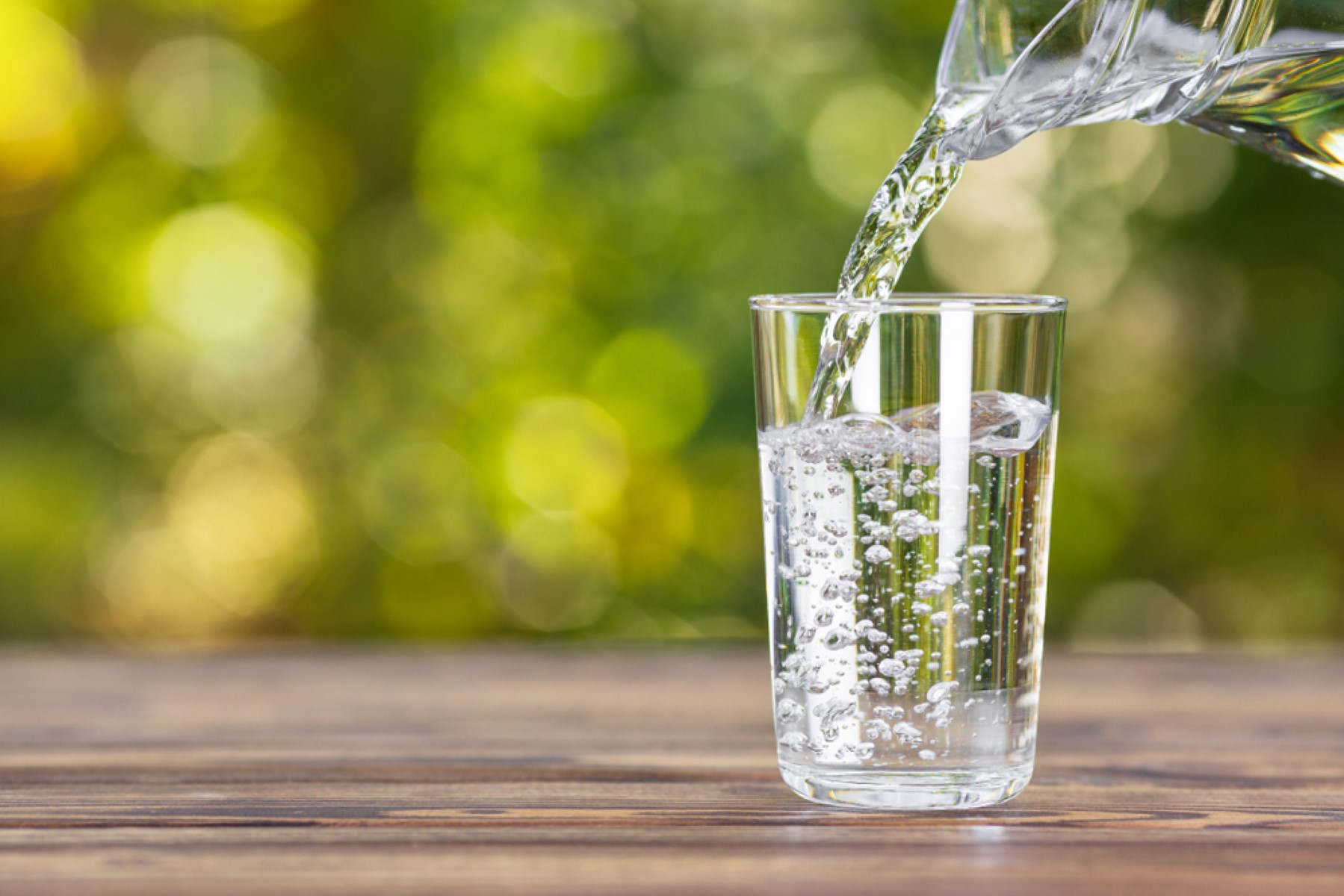

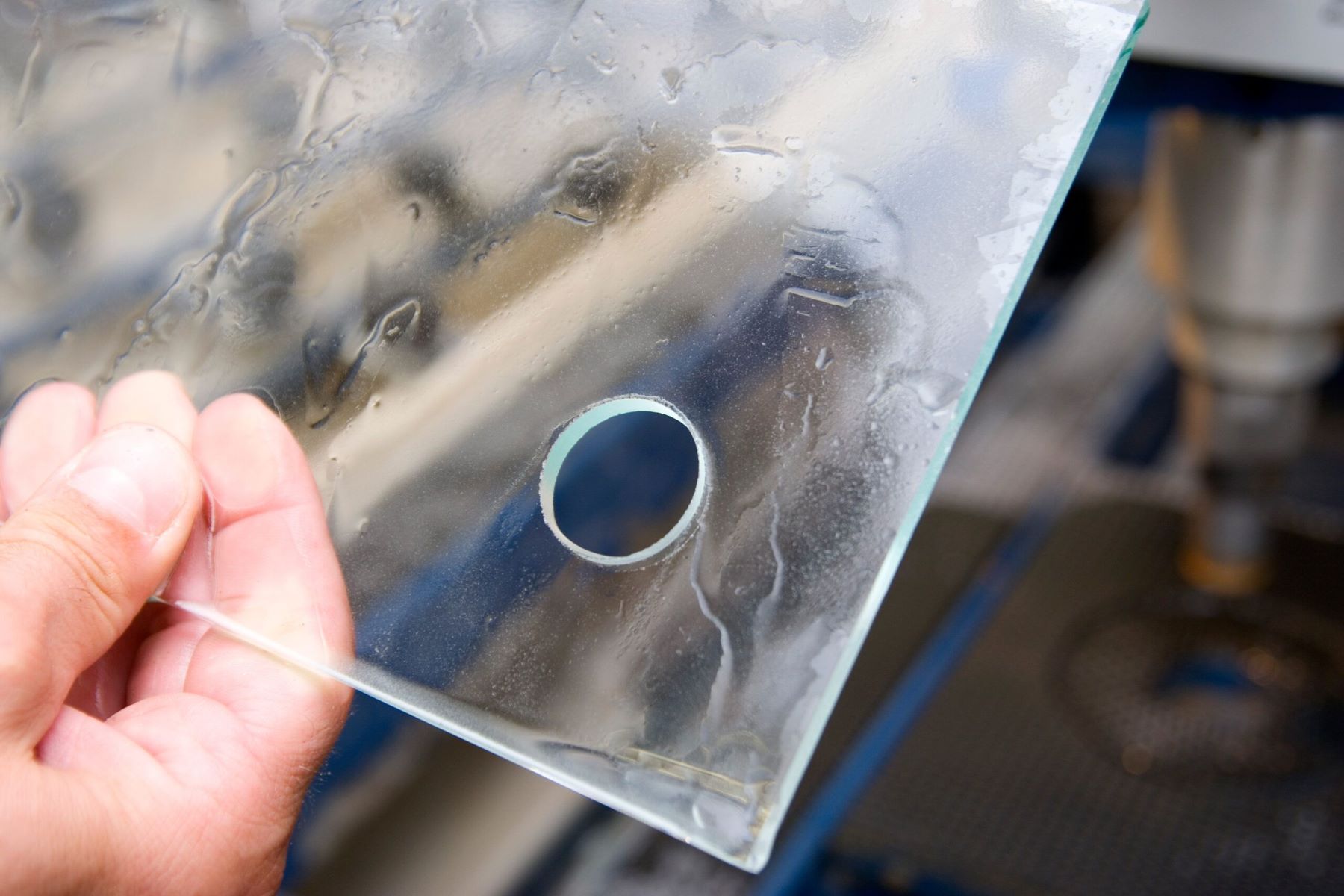


0 thoughts on “How Long Does It Take For Glass To Break Down”